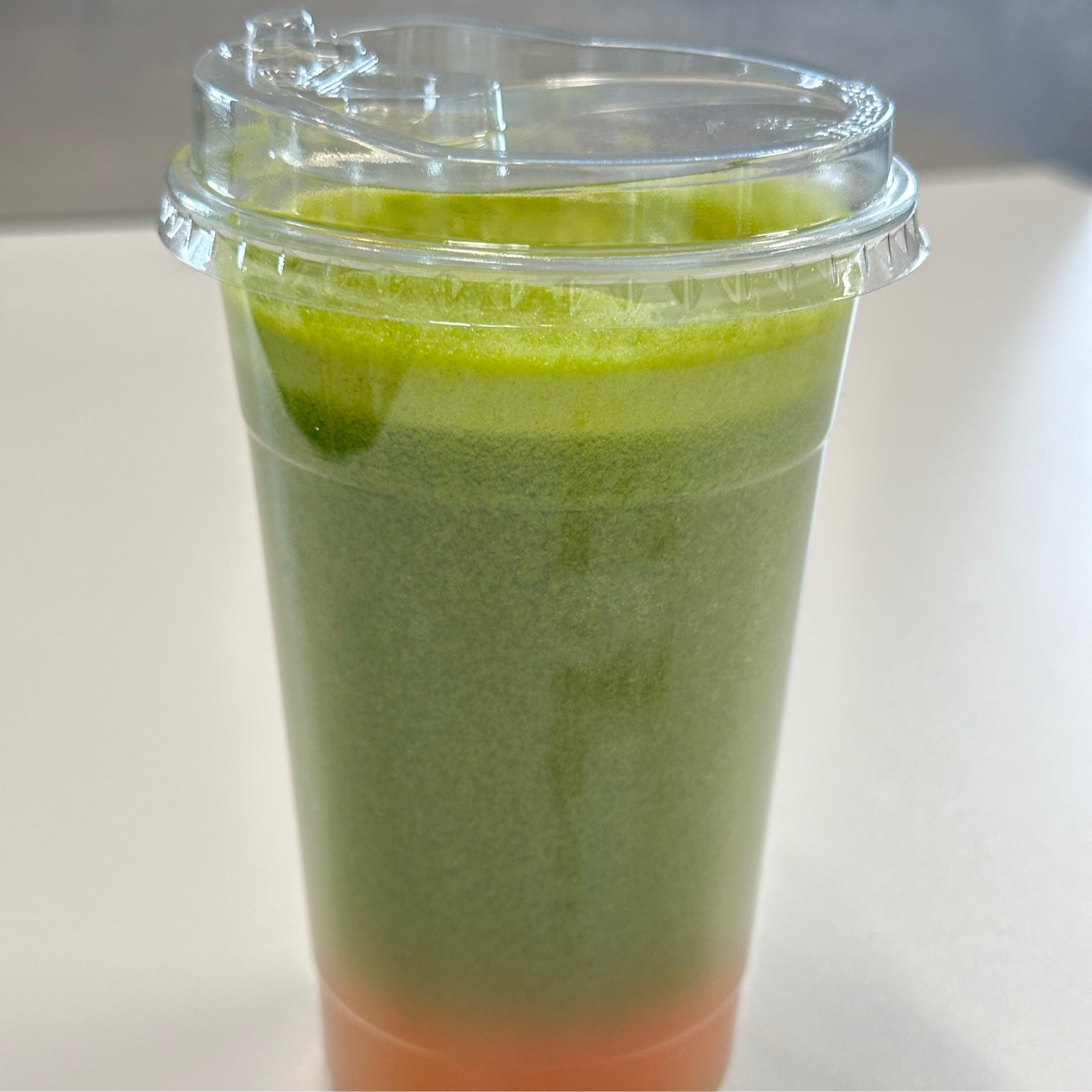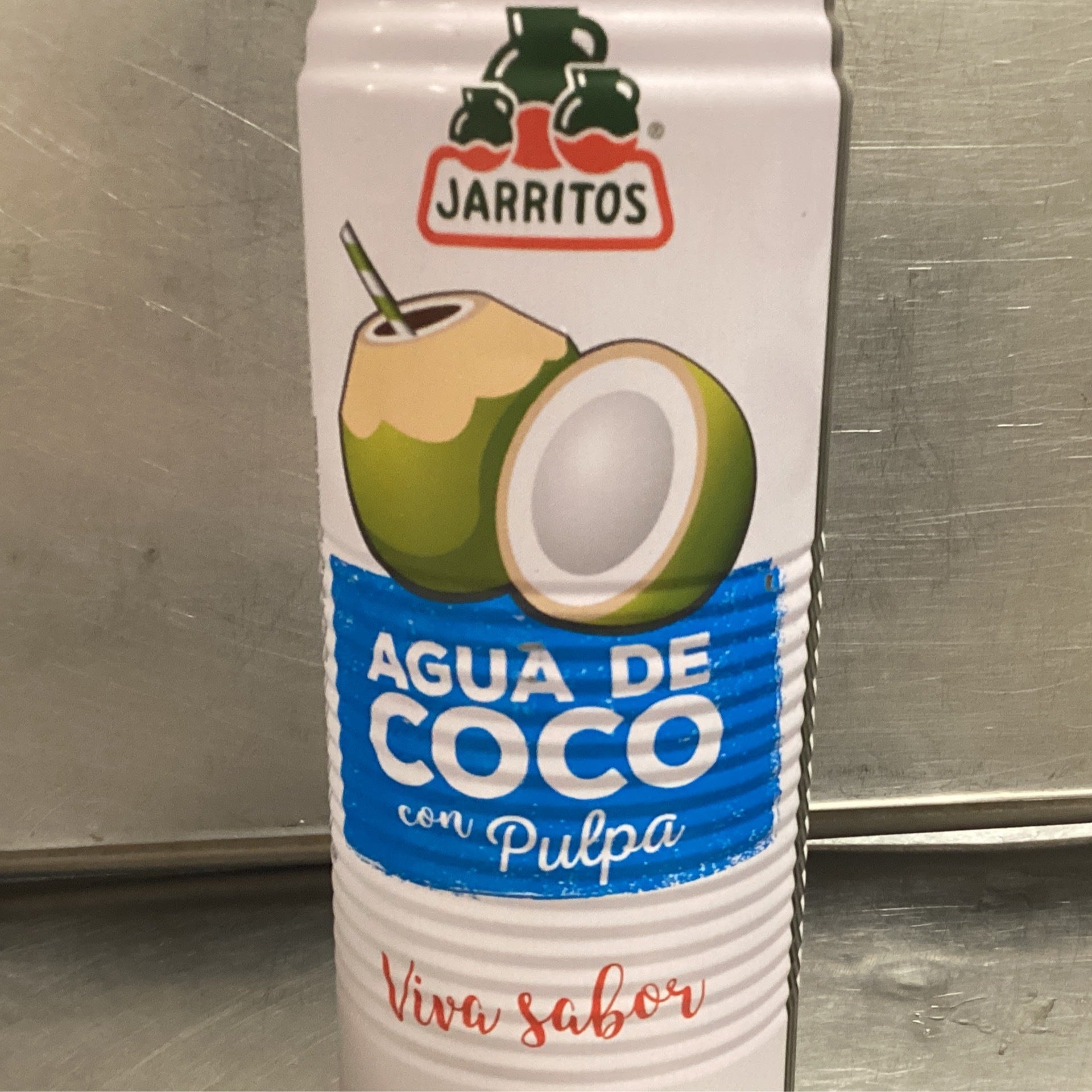Ultimate Guide To Latin Square Cuisine: A Culinary Fusion Of Flavor And Culture
Latin square cuisine is a vibrant and eclectic culinary style that masterfully blends the rich flavors, unique ingredients, and cultural influences of Latin America. From the zesty spices of Mexico to the tropical sweetness of the Caribbean, and the hearty, robust flavors of South America, this cuisine represents a tantalizing mosaic of tradition and innovation. Its name, while rooted in mathematical principles, symbolizes the diversity and balance that define its culinary creations.
Rooted in centuries of history, Latin square cuisine is much more than just a cooking style—it’s an art form. The dishes showcase the depth of Latin American heritage, offering a sensory journey through its landscapes, from the Andean mountains to the Amazon rainforests. Each recipe tells a story, reflecting the blending of indigenous, European, African, and Asian culinary traditions. As chefs and home cooks experiment with flavors, textures, and presentation, this cuisine continues to evolve, capturing the imagination of food lovers worldwide.
Whether you're a seasoned chef or a curious foodie, diving into Latin square cuisine opens a doorway to endless possibilities. In this article, we’ll explore its origins, key ingredients, signature dishes, cooking techniques, and its growing influence on global food trends. Get ready to savor the richness of Latin America on your plate while learning about what makes this cuisine truly special.
Table of Contents
- What is Latin Square Cuisine?
- History and Origins of Latin Square Cuisine
- What Makes Latin Square Cuisine Unique?
- Key Ingredients in Latin Square Cuisine
- How Does Latin Square Cuisine Differ From Other Cuisines?
- Popular Dishes You Need to Try
- Cooking Techniques in Latin Square Cuisine
- How to Incorporate Latin Square Cuisine into Your Diet?
- The Influence of Latin Square Cuisine on Global Food Trends
- Is Latin Square Cuisine Healthy?
- Hosting a Latin Square Cuisine-Themed Dinner
- Common Misconceptions About Latin Square Cuisine
- Frequently Asked Questions
- Conclusion
What is Latin Square Cuisine?
Latin square cuisine is a harmonious blend of culinary traditions from across Latin America, offering a diverse range of flavors, textures, and ingredients. This cuisine is characterized by its use of fresh and vibrant ingredients, bold spices, and innovative combinations that reflect the rich cultural tapestry of the region. It draws inspiration from indigenous cooking methods, European techniques, African influences, and Asian flavors, creating a unique fusion that delights the palate.
The term "Latin square" is often associated with mathematical arrangements, but in the culinary world, it represents the balance and variety found in this cuisine. Each dish is like a piece of art, carefully crafted to showcase the natural beauty and complexity of its ingredients. Latin square cuisine is more than just food—it’s a celebration of life, community, and tradition.
History and Origins of Latin Square Cuisine
The origins of Latin square cuisine can be traced back to the early civilizations of Latin America, including the Aztecs, Mayans, and Incas. These ancient cultures relied on staple ingredients like corn, beans, and chili peppers, which continue to form the backbone of the cuisine today. With the arrival of European colonizers in the 15th and 16th centuries, new ingredients such as wheat, rice, and dairy products were introduced, along with cooking techniques like baking and frying.
- Electric Entertainment
- Realtor Winston Salem
- Madison Square Garden Arena New York
- Moo And Brew Menu
- Meridian At Mount Vernon Triangle
Over time, the transatlantic slave trade brought African influences to the region, adding depth and complexity to the cuisine. Ingredients like plantains, yams, and okra became integral to many dishes, while African cooking styles introduced new ways of preparing and seasoning food. In the 19th and 20th centuries, waves of Asian immigrants further enriched Latin square cuisine, contributing flavors and techniques from Chinese, Japanese, and Indian culinary traditions.
How Did Colonization Shape the Cuisine?
Colonization played a significant role in shaping Latin square cuisine by introducing new ingredients and cooking methods. European settlers brought livestock like cattle, pigs, and chickens, as well as crops like sugarcane, coffee, and citrus fruits. These additions transformed the culinary landscape, leading to the creation of iconic dishes like empanadas, tamales, and arroz con pollo.
What Role Did Indigenous Cultures Play?
Indigenous cultures laid the foundation for Latin square cuisine with their resourceful use of native ingredients. Techniques like roasting, smoking, and grinding were perfected long before the arrival of Europeans. Dishes like tamales, mole, and ceviche showcase the ingenuity and creativity of these early civilizations, which continue to influence modern interpretations of the cuisine.
What Makes Latin Square Cuisine Unique?
Latin square cuisine stands out for its ability to blend diverse flavors and textures into cohesive and delicious dishes. Each region within Latin America has its own culinary identity, yet there are common threads that tie the cuisine together. The use of fresh, locally sourced ingredients, bold seasonings, and innovative cooking techniques make this cuisine truly one-of-a-kind.
Why Is Balance Important in Latin Square Cuisine?
Balance is a key principle in Latin square cuisine, both in terms of flavor and presentation. Chefs strive to create dishes that are visually appealing and well-balanced in taste, combining sweet, salty, sour, and spicy elements. This attention to detail ensures a memorable dining experience that delights all the senses.
How Does Culture Influence the Cuisine?
Culture plays a central role in shaping Latin square cuisine, with each dish reflecting the history, traditions, and values of the people who created it. From festive meals prepared for celebrations to everyday comfort foods, the cuisine serves as a window into the heart and soul of Latin America. The stories behind the recipes add depth and meaning to the dining experience, making it more than just a meal.
Key Ingredients in Latin Square Cuisine
The ingredients used in Latin square cuisine are as diverse as the region itself. Some of the most common ingredients include:
- Corn: A staple ingredient used in tortillas, tamales, and arepas.
- Beans: Black beans, pinto beans, and lentils are widely used in soups, stews, and side dishes.
- Chili Peppers: From mild to fiery, chilies add heat and flavor to many dishes.
- Plantains: A versatile ingredient used in both savory and sweet dishes.
- Avocado: Often used in salads, guacamole, and as a topping for various dishes.
- Fresh Herbs: Cilantro, oregano, and parsley are commonly used to enhance flavor.
These ingredients are the building blocks of Latin square cuisine, providing the foundation for its rich and diverse flavors.
Frequently Asked Questions
- What is the difference between Latin square cuisine and traditional Latin American cuisine?
- Is Latin square cuisine suitable for vegetarians?
- What are some must-try Latin square cuisine dishes?
- Are the ingredients for Latin square cuisine easy to find?
- Can I make Latin square cuisine at home?
- Is Latin square cuisine spicy?
Latin square cuisine is a modern interpretation of traditional Latin American cuisine, blending classic flavors with contemporary techniques and global influences.
Yes, many dishes in Latin square cuisine can be adapted for vegetarians by substituting meat with plant-based protein sources like beans, tofu, or seitan.
Some popular dishes include ceviche, empanadas, tamales, and arroz con pollo.
Most ingredients can be found in supermarkets or specialty stores, and many recipes offer substitutions for harder-to-find items.
Absolutely! With the right ingredients and recipes, anyone can recreate the flavors of Latin square cuisine in their own kitchen.
While some dishes are spicy, many can be adjusted to suit your heat tolerance by altering the amount of chili used.
Conclusion
Latin square cuisine is a celebration of flavor, culture, and creativity. Its rich history, diverse influences, and innovative techniques make it a culinary treasure that continues to captivate food lovers around the world. Whether you're savoring a traditional dish or trying a modern twist, this cuisine offers something for everyone. Embrace the adventure and discover the magic of Latin square cuisine in your own kitchen!
- Dorchester Shooting Preserve
- Peak Perfomance
- Mid Century Sacramento
- Carla Dixon Reacher
- Hilton On Main Norfolk

Bee Well Juice latin square cuisine

Coconut water latin square cuisine